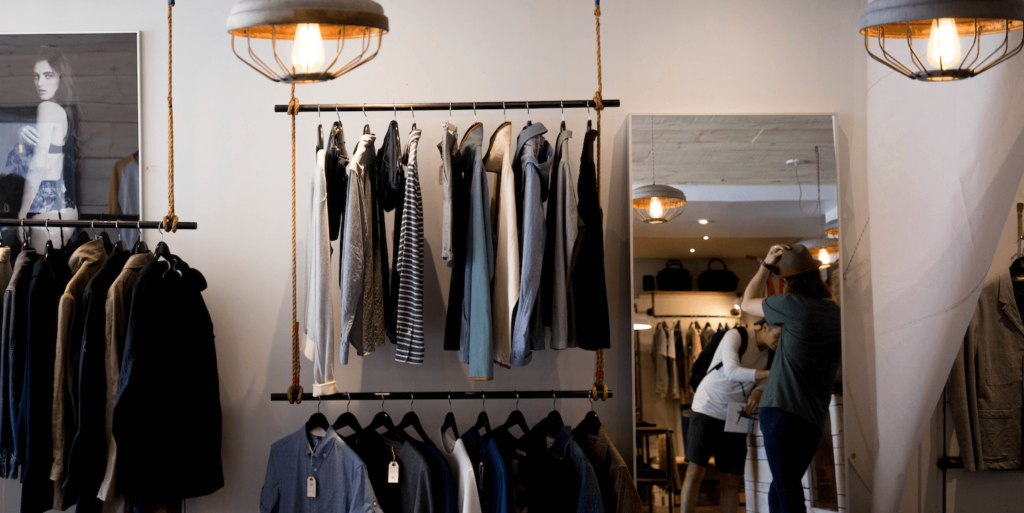Starting your own retail brand is no easy feat. It takes a lot of hard work, dedication and, most importantly, money. You need to have the financial resources to sustain a new business and the knowledge and experience to make it successful. Most individuals who start don’t take the appropriate steps or planning to get themselves ready and often go through hardships which is why so many businesses fail.

So before you take the plunge into starting your retail brand, make sure you know what it takes. There’s a lot of work involved, but with careful planning and execution, you can make your brand a success.
What to Consider Before Starting
When starting a retail brand, there are a few things you need to consider beforehand. You will need to ensure you have sufficient capital since starting retail is considerably more expensive than other methods. It’s also important to research, so make sure you’re looking at what markets and niches you want to service and if they have demand.
Then once you have these initial considerations down you should think about your customer service strategy. How will you make sure your customers are satisfied with their experience and what does the customer lifecycle look like? Looking at these aspects will help you get clear on what the business will look like overall and help you put the pieces in place.
What Products to Sell
When starting a retail brand, you need to decide what products to sell. This can be difficult, as you need to make sure there is demand for what you’re selling and that you’re servicing the right markets. This also includes what target market you’re after, do you want to sell wholesale photo frames to other businesses or are you selling custom shirts to consumers?
It’s important to do your research and make sure you’re looking at what products are in demand and what niches you want to service. This will better position you to make the next step cause you have a clear objective and customer target.
Financial Resources
In order to start a retail brand, you need to have the financial resources to sustain it. This means having the money to cover the costs of starting the business, as well as keeping it running in the early stages. It’s important to have a solid financial plan in place, so you know what you’re working with and what you need to do to make your business successful.
If you’re struggling to get the funds together, it might be good to look at external investors, loans from banks or partnering with family and friends. These can be viable options to help get your business off the ground.
Marketing Your Brand
When starting a retail brand, you must do a lot of legwork to get the word out. This includes creating a marketing plan and identifying your target market to create marketing materials that speak to them. You can promote your store in several ways, including through traditional advertising methods like print or TV ads or through online methods like social media or search engine optimisation.
Payment and Shipping
You can collect payments in a few different ways, so start to think about what would be the most convenient method for you and your customers. These include credit cards, debit cards, PayPal or even cryptocurrency. You also need to decide how you will ship products, figure out what size postage you’ll require then look at the best postage company suited to your needs.
Thinking about these aspects early on will help you set up your business and ensure that your customers can easily purchase your products.
Customer Service
When running a retail business, it’s important to remember that your customers are your bread and butter. They are the ones who keep your business going, so it’s important to treat them well. This means offering good customer service and being available to answer their questions or resolve any issues they may have.
If you maintain good customer service and put systems in place this will result in more satisfaction from those who buy your products. It is the proactive businesses that keep customer retention high so ensure you have a plan in place so you’re more likely to keep your customer base.

